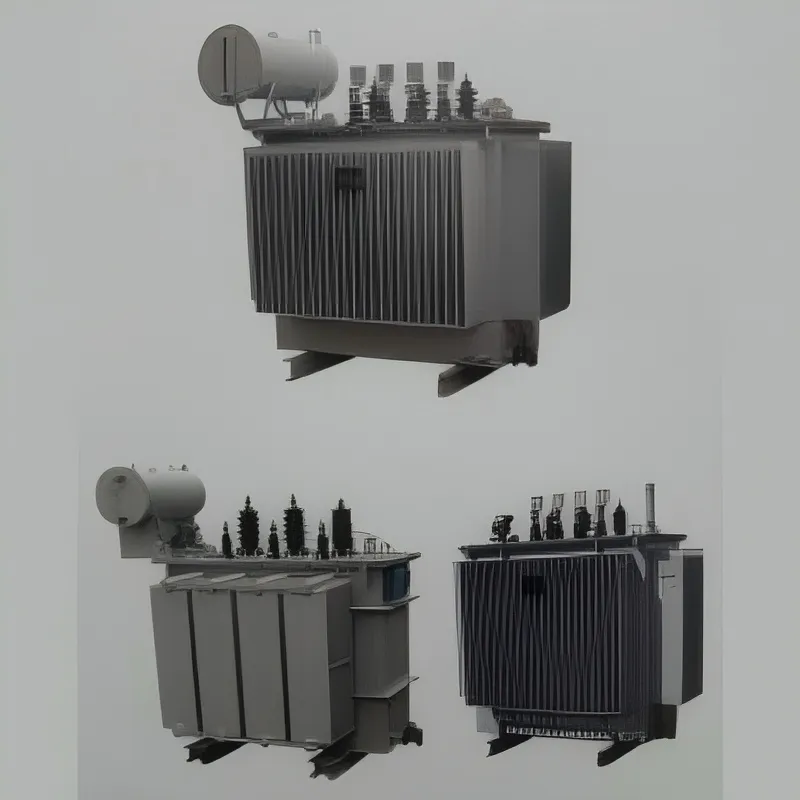Essential Guidelines for Circuit Protection in Exterior Electrical Distribution Systems
Managing circuit protection in an outdoor distribution panel requires careful consideration of multiple factors to ensure safety, reliability, and long-term performance. Outdoor distribution panels face unique challenges compared to their indoor counterparts, including exposure to weather elements, temperature fluctuations, and increased risk of physical damage. Understanding proper protection methods is crucial for maintaining electrical system integrity and preventing costly failures.
Electrical professionals must implement comprehensive protection strategies that account for environmental factors while ensuring compliance with relevant electrical codes and standards. This involves selecting appropriate circuit breakers, installing proper weatherproofing measures, and maintaining regular inspection schedules to identify potential issues before they become critical problems.
Core Components of Outdoor Distribution Panel Protection
Weather-Resistant Enclosure Systems
The first line of defense for any outdoor distribution panel is its enclosure. NEMA-rated enclosures specifically designed for outdoor applications provide essential protection against rain, snow, sleet, and other environmental challenges. These enclosures must maintain their integrity throughout extreme weather conditions while allowing proper ventilation to prevent condensation buildup.
Modern outdoor distribution panel enclosures incorporate features such as gasketed doors, drip shields, and corrosion-resistant materials. Stainless steel or powder-coated aluminum constructions offer superior durability and longevity, making them ideal choices for harsh outdoor environments. The enclosure should also include proper drainage systems to prevent water accumulation.
Circuit Breaker Selection and Implementation
Selecting appropriate circuit breakers is crucial for effective protection in an outdoor distribution panel. These devices must be rated for outdoor use and capable of operating reliably across a wide temperature range. Engineers typically specify breakers with higher interrupting ratings to account for potential surge conditions that outdoor installations might experience.
Modern circuit breakers for outdoor applications often feature electronic trip units that provide more precise protection settings and better tolerance to environmental variations. These units can be programmed to respond to various fault conditions while maintaining stability during normal load fluctuations.
Environmental Considerations and Protection Measures
Temperature Management Solutions
Effective temperature management is essential for outdoor distribution panel operation. Extreme temperatures can affect the performance of circuit breakers and other protective devices. Installing appropriate heating elements for cold climates and ventilation systems for hot weather helps maintain optimal operating conditions.
Advanced thermal management systems may include thermostatic controls, heat exchangers, or active cooling solutions depending on the installation location and climate conditions. These systems help prevent condensation formation and maintain consistent operating temperatures for sensitive electronic components.
Moisture and Humidity Control
Controlling moisture levels within an outdoor distribution panel is critical for preventing corrosion and ensuring proper operation of protection devices. Implementing appropriate sealing methods, using desiccant packages, and installing moisture barriers helps maintain a dry environment inside the enclosure.
Regular inspection of seals, gaskets, and drainage systems ensures continued protection against moisture infiltration. Some modern panels incorporate humidity sensors and automatic dehumidification systems to maintain optimal internal conditions.

Maintenance and Monitoring Protocols
Regular Inspection Requirements
Establishing a comprehensive inspection schedule is vital for maintaining outdoor distribution panel protection. Regular visual inspections should check for signs of water ingress, corrosion, or physical damage to the enclosure and components. Thermal imaging can identify potential hot spots or developing issues before they cause failures.
Documentation of inspection findings and maintenance activities helps track the panel's condition over time and identify patterns that might indicate developing problems. This historical data proves invaluable for predictive maintenance planning and system optimization.
Preventive Maintenance Strategies
Implementing preventive maintenance programs helps ensure the longevity and reliability of outdoor distribution panel protection systems. This includes regular testing of circuit breakers, cleaning of components, and verification of protection settings. Maintenance activities should be scheduled during optimal weather conditions to minimize exposure risks.
Advanced maintenance programs might incorporate remote monitoring systems that provide real-time data on panel conditions and alert maintenance teams to potential issues. This proactive approach helps prevent unexpected failures and reduces downtime.
Future Trends in Outdoor Panel Protection
Smart Monitoring Technologies
The integration of smart monitoring systems is revolutionizing outdoor distribution panel protection. These systems provide real-time data on panel performance, environmental conditions, and protection device status. Advanced analytics help predict potential failures and optimize maintenance schedules.
Internet of Things (IoT) sensors and connected devices enable remote monitoring and control capabilities, reducing the need for frequent physical inspections while improving response times to potential issues. These technologies continue to evolve, offering increasingly sophisticated protection and monitoring solutions.
Advanced Materials and Design Innovations
Emerging materials and design innovations are enhancing the protection capabilities of outdoor distribution panels. New composite materials offer improved weather resistance while reducing weight and maintenance requirements. Smart materials that respond to environmental conditions are being developed to provide adaptive protection.
Future designs may incorporate self-healing materials for enclosure systems and advanced thermal management solutions that optimize energy efficiency while maintaining proper operating conditions.
Frequently Asked Questions
What rating should an outdoor distribution panel enclosure have?
An outdoor distribution panel enclosure should typically have a minimum NEMA 3R rating, which provides protection against falling rain, sleet, and external ice formation. For more severe environments, NEMA 4X ratings might be necessary to protect against corrosive elements and windblown dust.
How often should outdoor distribution panels be inspected?
Professional inspections should be conducted at least annually, with more frequent visual checks recommended quarterly. However, inspection frequency may need to be increased in harsh environments or for critical installations. Additional inspections should be performed after severe weather events.
What are the signs of failing circuit protection in an outdoor panel?
Common signs include visible corrosion on components, unusual sounds or smells, frequent circuit breaker trips, signs of water infiltration, or thermal imaging hotspots. Any evidence of physical damage to the enclosure or unusual operation patterns should be investigated promptly by qualified personnel.
Table of Contents
- Essential Guidelines for Circuit Protection in Exterior Electrical Distribution Systems
- Core Components of Outdoor Distribution Panel Protection
- Environmental Considerations and Protection Measures
- Maintenance and Monitoring Protocols
- Future Trends in Outdoor Panel Protection
- Frequently Asked Questions




